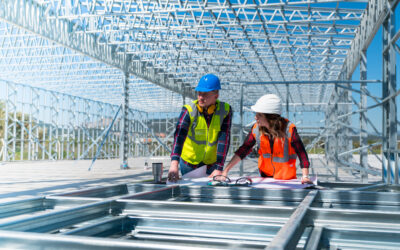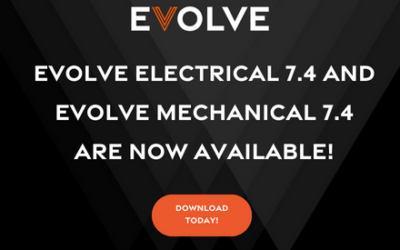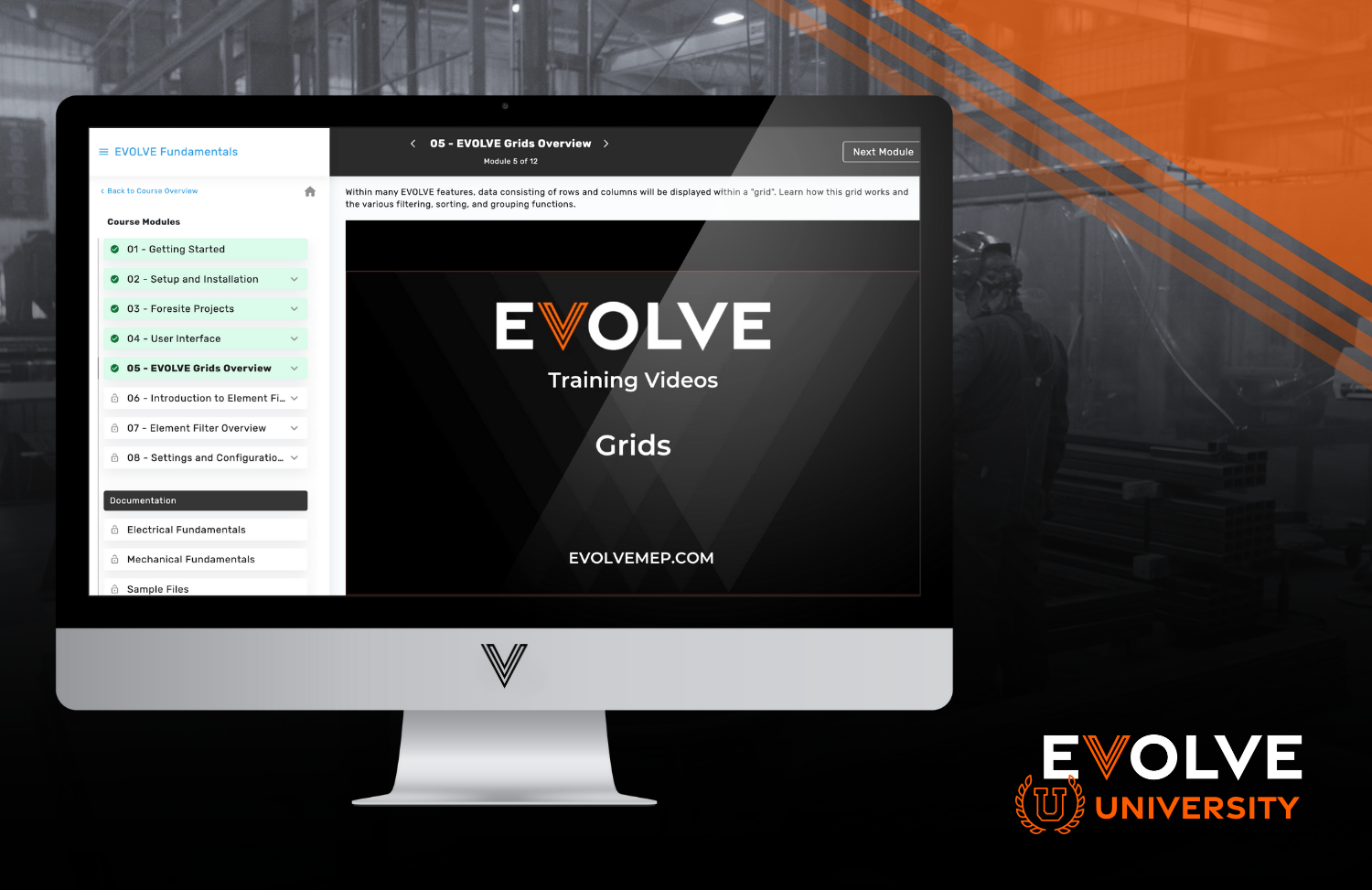The MEP (Mechanical, Electrical, and Plumbing) industry is changing big time, thanks to rapid technological advancements. As the world becomes more connected and innovative, businesses need to adapt to new ways of working and communicating to stay ahead of the competition. In this blog, we take a deeper look at why it's so important for the MEP industry to embrace technological advancements, and how it can lead to increased productivity, improved project outcomes, and long-term growth.
The following are some examples of possibilities for commercial mechanical and electrical contractors in the future of VDC:
Increased use of artificial intelligence (AI) and machine learning (ML) to analyze data and improve decision-making: VDC tools will become increasingly sophisticated, and the use of AI and ML will become more prevalent.
For example, commercial mechanical and electrical contractors could use AI and ML to analyze building data and identify potential issues before they occur, improving safety, quality control, and overall efficiency.
Increased use of virtual reality (VR) and augmented reality (AR) for design and construction: VR and AR technologies will become more prevalent in the construction industry, allowing commercial mechanical and electrical contractors to create virtual models of the project and walk through them in a virtual environment, improving collaboration, communication, and quality control.
Let's say a large construction project is underway to build a new office building. Using BIM software, contractors can create a detailed 3D model of the building's structure and MEP systems. They can use VR headsets to immerse themselves in a virtual environment that replicates the building's construction site and interiors. They can inspect the placement of HVAC ducts, electrical conduits, and other components, identifying any potential clashes or conflicts before the physical installation begins. This helps to minimize errors, reduce rework, and streamline the construction process.
Increased use of drones for site inspection and monitoring: Drones equipped with cameras, sensors, and other technologies will become more prevalent in the construction industry.
For example, commercial mechanical and electrical contractors could use drones to inspect and monitor the progress of the project, identify potential issues, and improve safety and quality control.
Increased use of BIM in the operation and maintenance phase: BIM can also be used to improve the operation and maintenance of the building.
As an example- commercial mechanical and electrical contractors could use BIM to create digital twins of the building. Digital twins allow contractor to monitor the performance of MEP systems and identify potential issues before they occur, improving safety and energy efficiency.
Increased use of blockchain technology: Blockchain technology will become more prevalent in the construction industry, creating a secure and transparent digital record of the project.
This could be used to track materials and equipment, as well as to improve collaboration, communication, and quality control. These are just a few examples of the possibilities for commercial mechanical and electrical contractors in the future of VDC, and the technology and trends are continuously evolving.
The MEP industry is changing, and those who embrace technology and new ways of working will be the ones who succeed. Technology can help with collaboration, efficiency, decision-making, and sustainability. By investing in the right tools and training, MEP businesses can thrive, deliver great projects, and help build a sustainable future.





